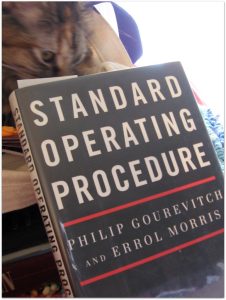Discover the nuances between grocery stores and supermarkets. From size and product range to pricing and services, explore how these retail spaces cater to diverse consumer needs

Certainly! Let’s explore the distinctive features of grocery stores and supermarkets:
- Size and Scale:
- Grocery Store: Typically smaller in size, focusing on providing essential food items and household goods.
- Supermarket: Larger in scale, offering a wider variety of products, including groceries, fresh produce, dairy, bakery, and non-food items.
- Product Range:
- Grocery Store: Primarily stocks basic necessities like canned goods, dry staples, and cleaning supplies.
- Supermarket: Carries an extensive range of items, including fresh fruits, vegetables, meats, frozen foods, toiletries, and more.
- Specialization:
- Grocery Store: May specialize in specific categories (e.g., organic products, ethnic foods).
- Supermarket: Offers diverse sections, catering to various customer needs.
- Layout and Organization:
- Grocery Store: Simple layout with fewer aisles.
- Supermarket: Organized into sections (produce, deli, bakery, etc.) for efficient shopping.
- Pricing and Discounts:
- Grocery Store: May have competitive prices but fewer discounts.
- Supermarket: Often provides weekly specials, loyalty programs, and bulk discounts.
- Freshness and Quality:
- Grocery Store: May focus on local produce and specialty items.
- Supermarket: Offers a wide selection of fresh produce, meats, and dairy.
- Services:
- Grocery Store: Limited services (checkout, bagging).
- Supermarket: Additional services like pharmacy, bakery, and sometimes a café.
- Location:
- Grocery Store: Often found in residential neighborhoods.
- Supermarket: Located in both residential and commercial areas.
Remember, the distinction can vary based on regional norms and individual store characteristics. Both play essential roles in meeting consumers’ needs! 🛒🏪





